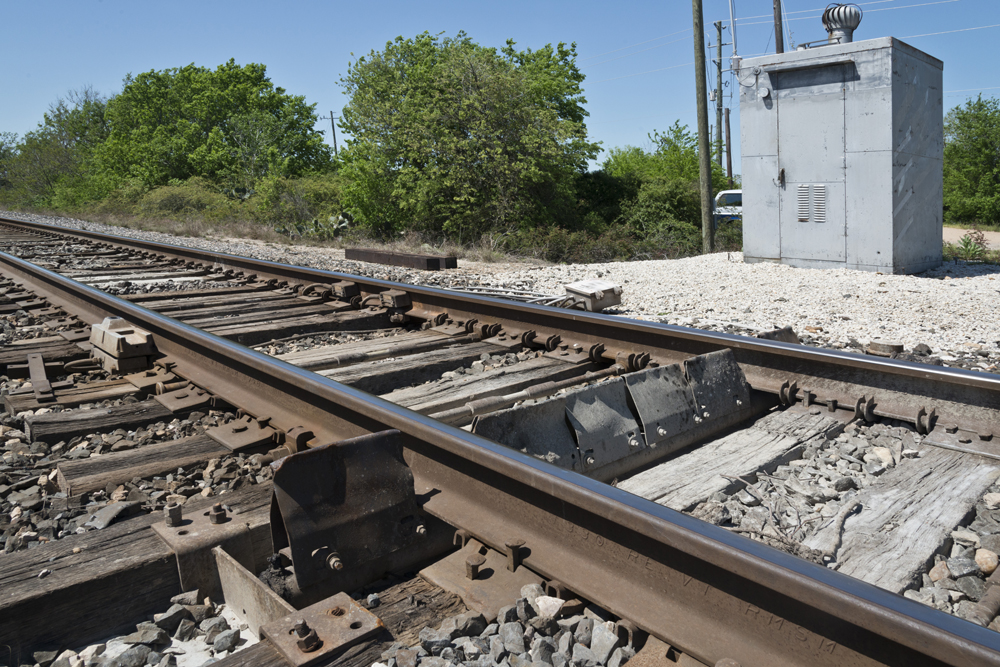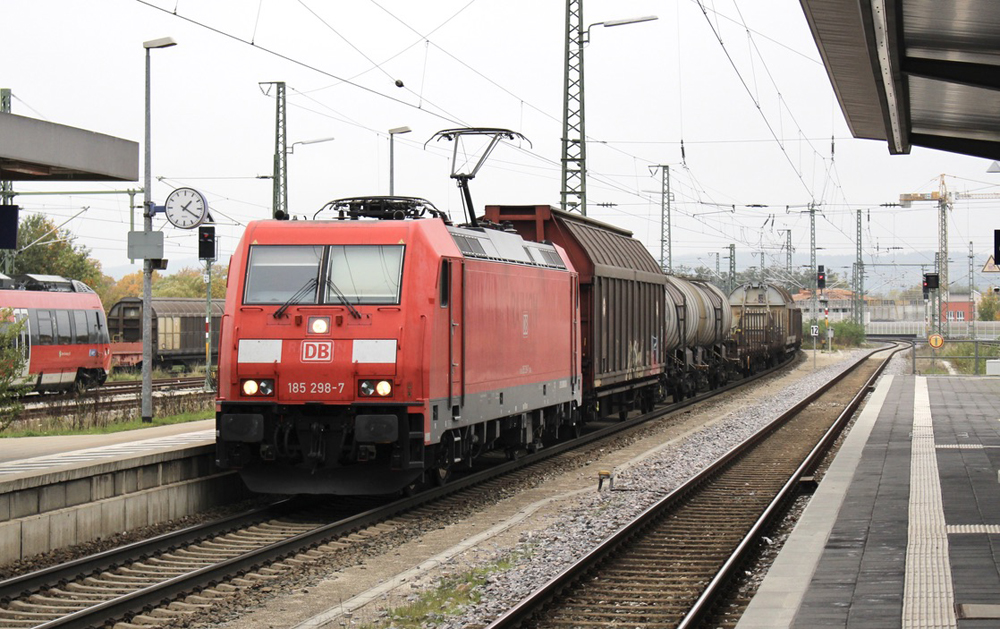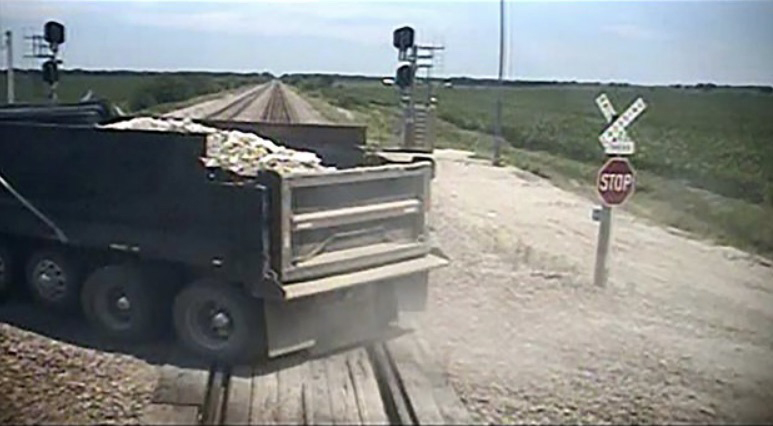
WASHINGTON – The Federal Railroad Administration has updated its 2023 safety advisory that encourages railroads to make better use of data from wayside hot-bearing detectors.
The second supplement to the advisory, issued in draft form on Friday, emphasizes the need for railroads to collect, analyze, and respond to data from hot-bearing detectors.
The advisory initially was issued in the aftermath of the Norfolk Southern hazardous materials wreck in East Palestine, Ohio, which was caused by the failure of a wheel bearing on a covered hopper car. Although bearing temperatures were rising as it passed two detectors west of East Palestine, it did not trigger critical alarms that would have required the crew to stop and inspect the train. A third detector, on the outskirts of East Palestine, did issue a critical alarm but the train derailed moments later.
“This Safety Advisory reiterates FRA’s previous recommendations in Safety Advisory 2023-01 and its June 14, 2023, Supplement, and expands on the recommendations to incorporate the findings of FRA’s ongoing evaluations by emphasizing: the importance of trend analysis and the opportunity to integrate wayside detector data types to evaluate railcar health; the need to establish and follow appropriate processes in analyzing and responding to HBD data; the need for railroads to ensure that adequate staff are assigned to monitor and respond to wayside detector data; and the need for railroads to maximize the use of HBD data, including sharing wayside detector data between railroads, as a train travels from one railroad’s tracks to another railroad’s track,” the FRA said.
The Association of American Railroads notes that since the Feb. 3, 2023, East Palestine derailment the Class I systems have increased the frequency of hot-bearing detectors across key routes.
They also established a new industry standard of stopping and inspecting trains when an HBD reading exceeds 170°F. AAR rules implemented last July lowered the temperature threshold from 200°F to 170°F.
The AAR also reviewed carriers’ current trending analysis programs to develop uniform recommendations for proactively identifying bearings that may become problematic. In November railroads established a new, industry-wide trending analysis rule. It’s based on data from Railinc’s comprehensive analysis of 150 algorithms used by the Class I railroads to pinpoint the most effective algorithm for detecting problematic bearings.
Note: Updated at 6:15 p.m. Central to clarify condition of the suspect bearing as it passed the two detectors west of East Palestine.














That hotbox detector pic reminds me of a Saftran HB detector I once maintained back in the late 70s at Roots’ Creek, NY, half way between Hancock and Deposit along State Hwy 17, on the former E-L Rwy, (by then Conrail) . The HB data was scribed locally in the cabin on a roll of graph paper as well as being sent via a 6 AWG, long distance open wire carrier mux channel to the dispatchers office in Hornell, NY.
That hotbox work was still the responsibility of Conrail (former E-L Rwy) telecom dept., according to Conrail merger rules labor agreements.
When I was hired by SPRR telecom in 1984, the hotbox maint. was always performed by the signal dept.
In later years, by then under UPRR, with the Sunset double track project, the telecom dept provided disp connectivity to Omaha with cellular connections using slow speed RF modems with external cabin co-ax connected antennas for both HB and disp. remote switch/signal control as well as PTC with antennas mounted on ~30′ swing towers for ease of repairs.
Another [suggestive] advisory.
Why can’t this FRA pass regulations and have mandatory compliance?